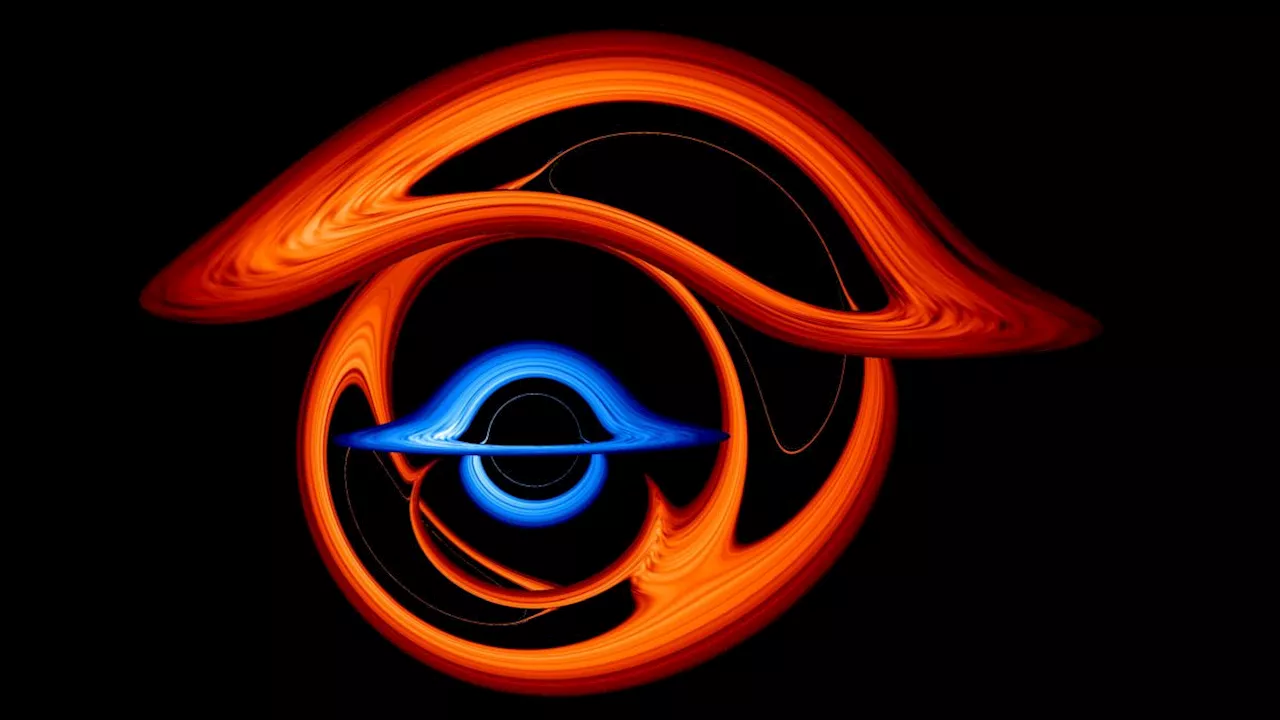Science
NYU Abu Dhabi Unveils Precision Drug Delivery Brain Implant

Researchers at NYU Abu Dhabi have introduced an innovative brain implant named SPIRAL, designed to deliver medication with precision to multiple regions of the brain. This advancement aims to significantly improve treatment for neurological disorders, which often originate from specific areas of dysfunction within the brain.
The human brain consists of billions of neurons organized into highly specialized regions. Treating neurological conditions is particularly challenging due to the difficulty of delivering drugs precisely to affected areas. Existing methods typically involve small, flexible catheters that release medication from only one or two points, limiting their effectiveness and often resulting in uneven drug distribution, which can lead to increased side effects.
Khalil Ramadi, Assistant Professor of Bioengineering at NYUAD, expressed the importance of this breakthrough: “Neurological disorders often come from very specific regions of the brain, but our current tools for targeting these areas are limited. SPIRAL allows us to reach several regions at once without adding extra risk, which could change how we deliver therapy for these conditions.”
Innovative Design Enhances Drug Delivery
The SPIRAL implant is a thin, flexible tube that features evenly spaced openings along its length. This design enables the controlled release of medication across broader areas of brain tissue. Comprehensive computer modeling and extensive laboratory testing have confirmed the device’s safety and efficiency.
According to Batoul Khlaifat, a research assistant and co-lead author of the study, “Our design solves a big problem with existing brain implants, which usually deliver drugs from just one or two points. SPIRAL makes it possible to distribute drugs more evenly and across larger regions, while still being safe and minimally invasive.”
A critical finding from the research indicates that the SPIRAL implant does not induce higher levels of inflammation compared to standard devices, suggesting its potential for long-term use in therapy. PhD candidate Mahmoud Elbeh noted, “When diseases like glioblastoma advance, treatment often means delivering drugs straight into a large volume of the brain to bypass the blood-brain barrier. Our helical form with tuned, evenly spaced outlets lets us cover more tissue from one insertion.”
Potential Applications Beyond Drug Delivery
The implications of SPIRAL extend beyond just medication delivery. Researchers believe the implant could also be adapted for other therapies, such as electrical stimulation, potentially benefiting patients with conditions like epilepsy and Parkinson’s disease.
The findings of this study have been published in the Journal of Neural Engineering, highlighting a significant step forward in the treatment of complex neurological disorders. This innovative approach could reshape therapeutic strategies, offering new hope for patients facing challenging diagnoses.
The development of the SPIRAL implant showcases the potential for combining advanced engineering with medical applications, paving the way for future breakthroughs in the field of neurology.
-

 Lifestyle5 months ago
Lifestyle5 months agoLibraries Challenge Rising E-Book Costs Amid Growing Demand
-

 Sports4 months ago
Sports4 months agoTyreek Hill Responds to Tua Tagovailoa’s Comments on Team Dynamics
-

 Sports4 months ago
Sports4 months agoLiverpool Secures Agreement to Sign Young Striker Will Wright
-

 Lifestyle4 months ago
Lifestyle4 months agoSave Your Split Tomatoes: Expert Tips for Gardeners
-

 Lifestyle4 months ago
Lifestyle4 months agoPrincess Beatrice’s Daughter Athena Joins Siblings at London Parade
-

 Science4 months ago
Science4 months agoSan Francisco Hosts Unique Contest to Identify “Performative Males”
-

 World4 months ago
World4 months agoWinter Storms Lash New South Wales with Snow, Flood Risks
-

 Science5 months ago
Science5 months agoTrump Administration Moves to Repeal Key Climate Regulation
-

 Business5 months ago
Business5 months agoSoFi Technologies Shares Slip 2% Following Insider Stock Sale
-

 Science5 months ago
Science5 months agoNew Tool Reveals Link Between Horse Coat Condition and Parasites
-

 Sports5 months ago
Sports5 months agoElon Musk Sculpture Travels From Utah to Yosemite National Park
-

 Science5 months ago
Science5 months agoNew Study Confirms Humans Transported Stonehenge Bluestones









